Streamlining HUD: A Journey in Refactoring and Domain Separation
Author: Daniel Ben Zvi
Date: 11/16/2023 EST
Introduction:
During this week's sprint, a significant focus was dedicated to the intricate task of refactoring and centralizing the HUD elements in our game. This process was driven by the need for a more organized and structured codebase, aligning with the fundamental principles of Unreal Engine's framework. The objective was clear: establish a central point of responsibility for managing HUD-related functionalities.
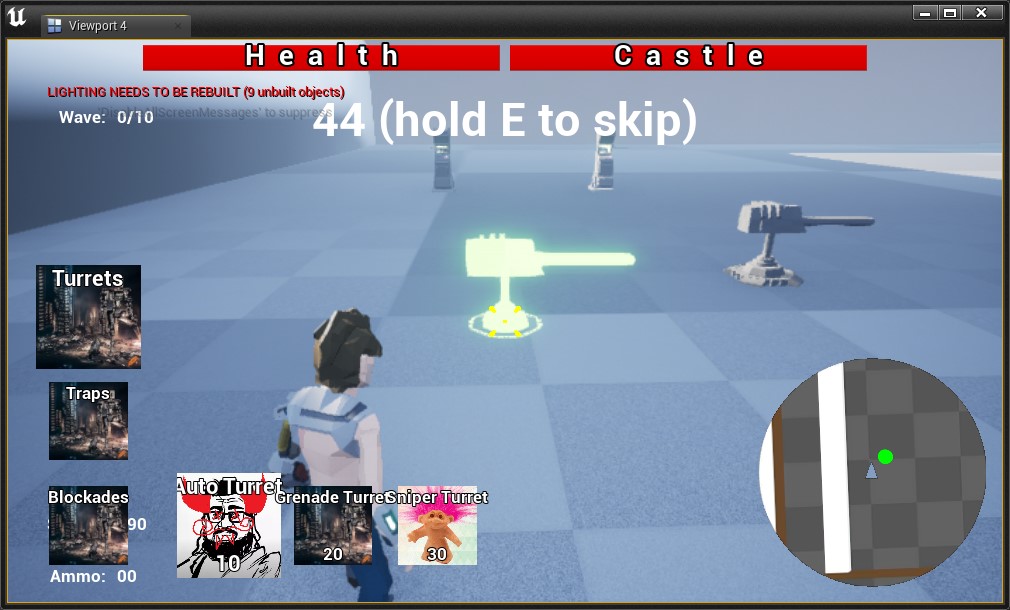
The Refactoring Process:
In the initial state, HUD elements were scattered across different locations within the codebase, creating a challenge in terms of cohesion and maintenance. The decision to create a custom HUD class, termed the HUD manager, stemmed from the necessity to bring order to this distributed system. This class serves as the hub for all HUD-related responsibilities, providing a unified and coherent structure.
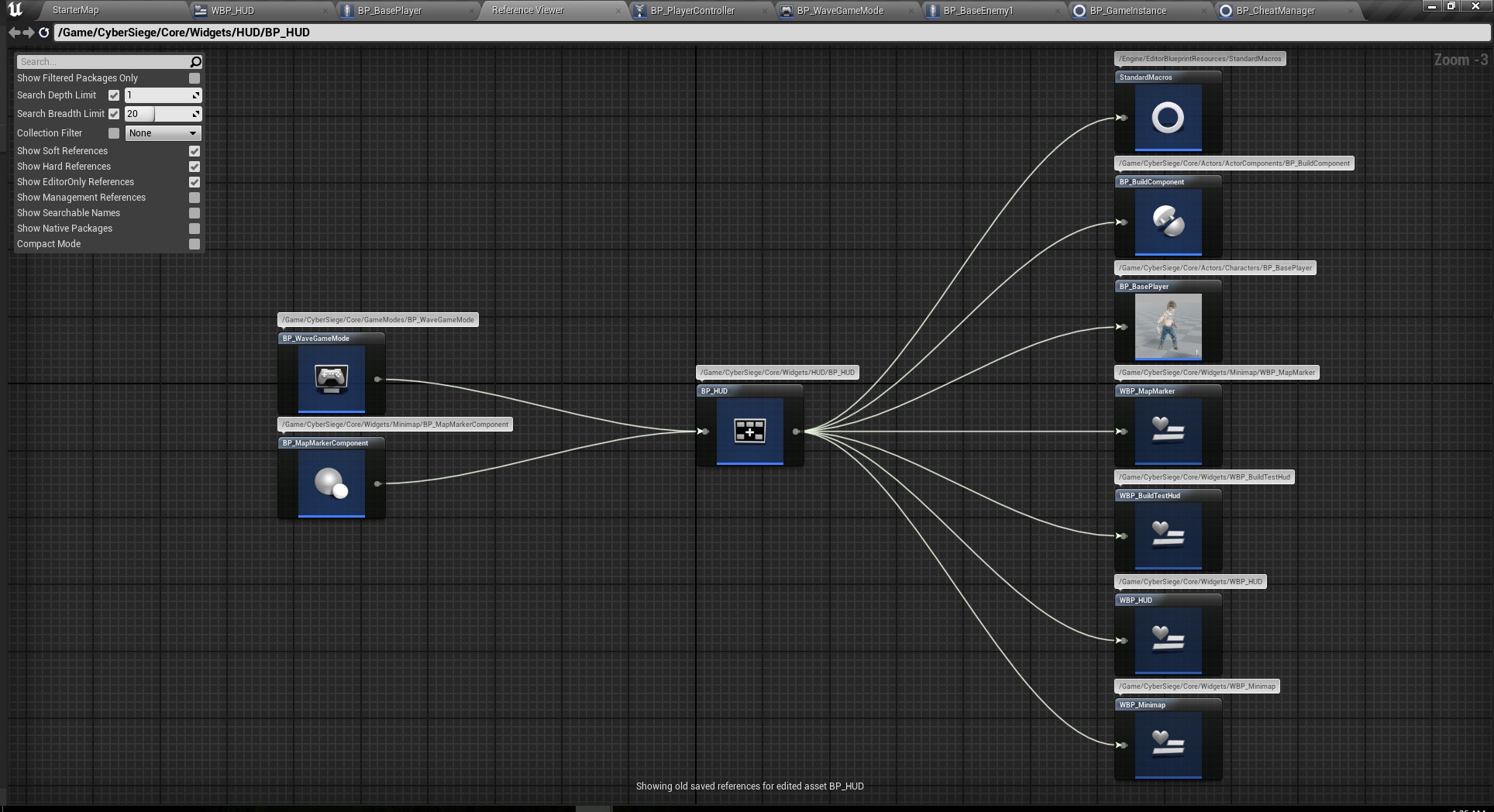
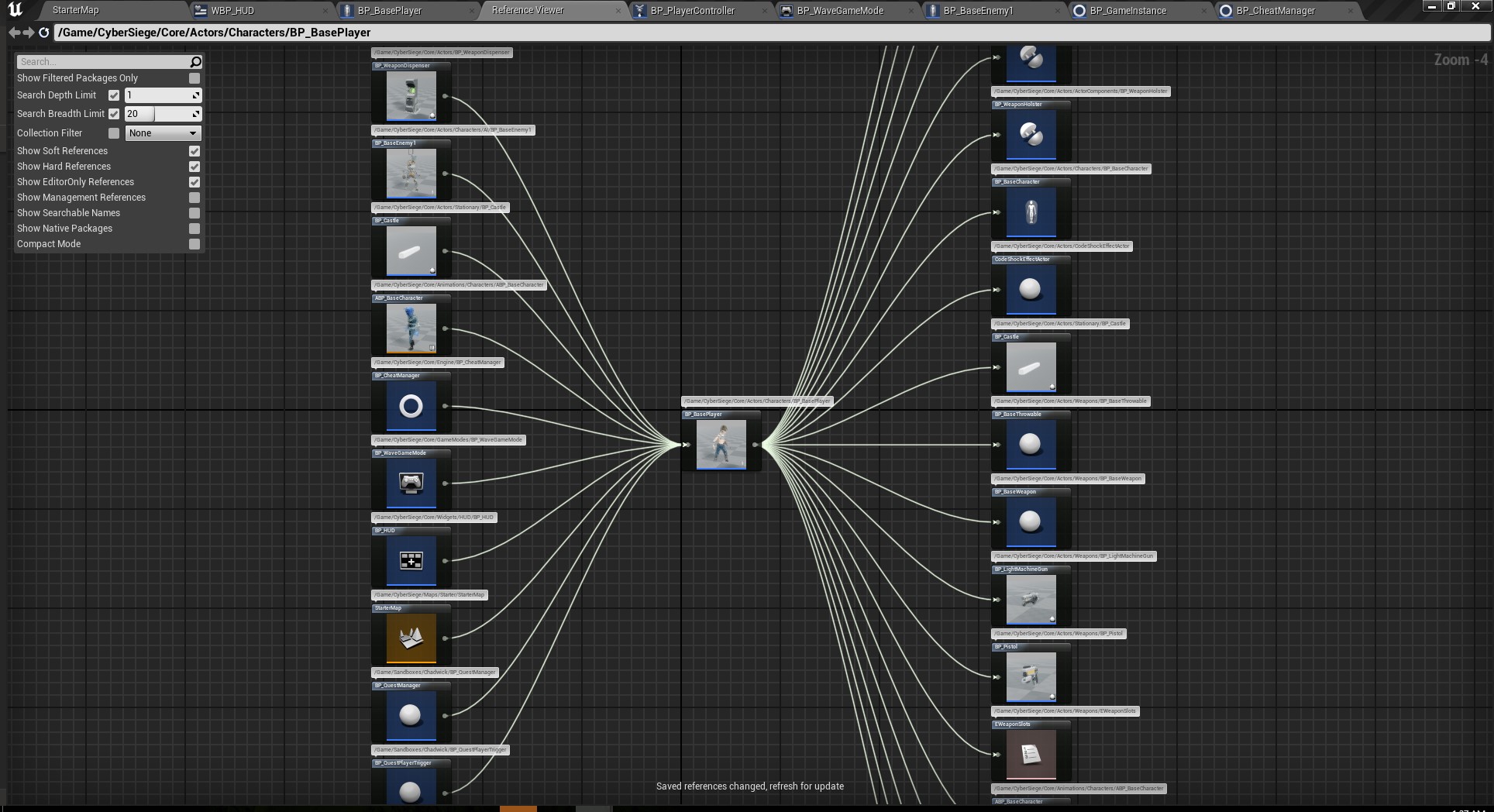
Addressing Challenges:
The refactoring process wasn't without its complexities. Maintaining the existing codebase's integrity required meticulous attention to detail. Challenges such as addressing how fragmented components should come together, and ensuring the seamless functioning of critical components like the gameplay build menu, demanded thoughtful solutions. Trade-offs were considered, and compromises were made to guarantee a smooth transition, all with the goal of preserving the overall system's integrity.
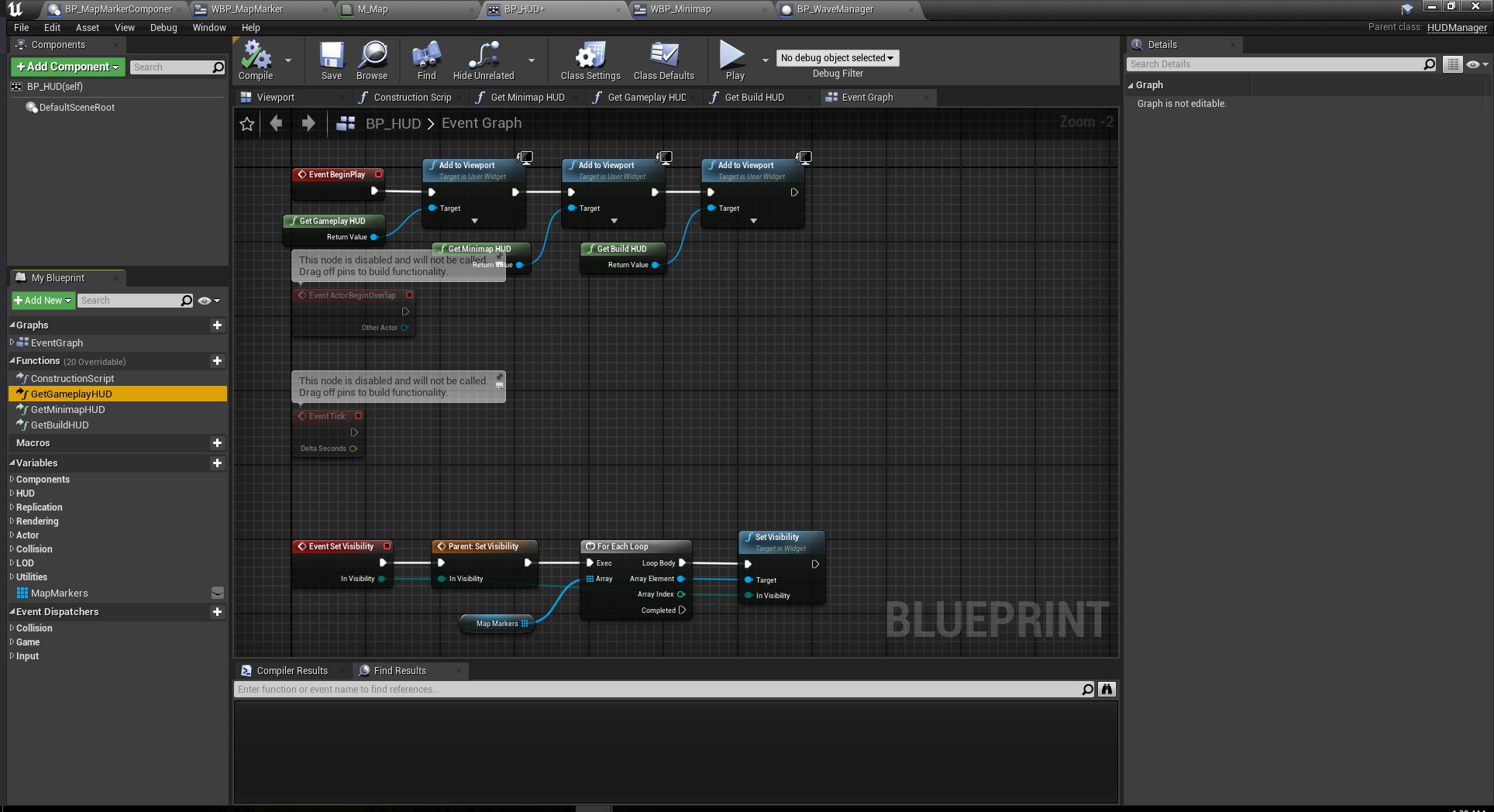

Importance of Domain Separation:
A crucial aspect of this refactoring endeavor was the emphasis on maintaining proper separation of domains of responsibility. This principle becomes particularly vital within Unreal Engine's framework, guiding us to adhere to distinct domains for each component. This adherence not only aligns with the engine's intended usage but also fosters proper encapsulation of different aspects, ensuring the overall health and integrity of the system.
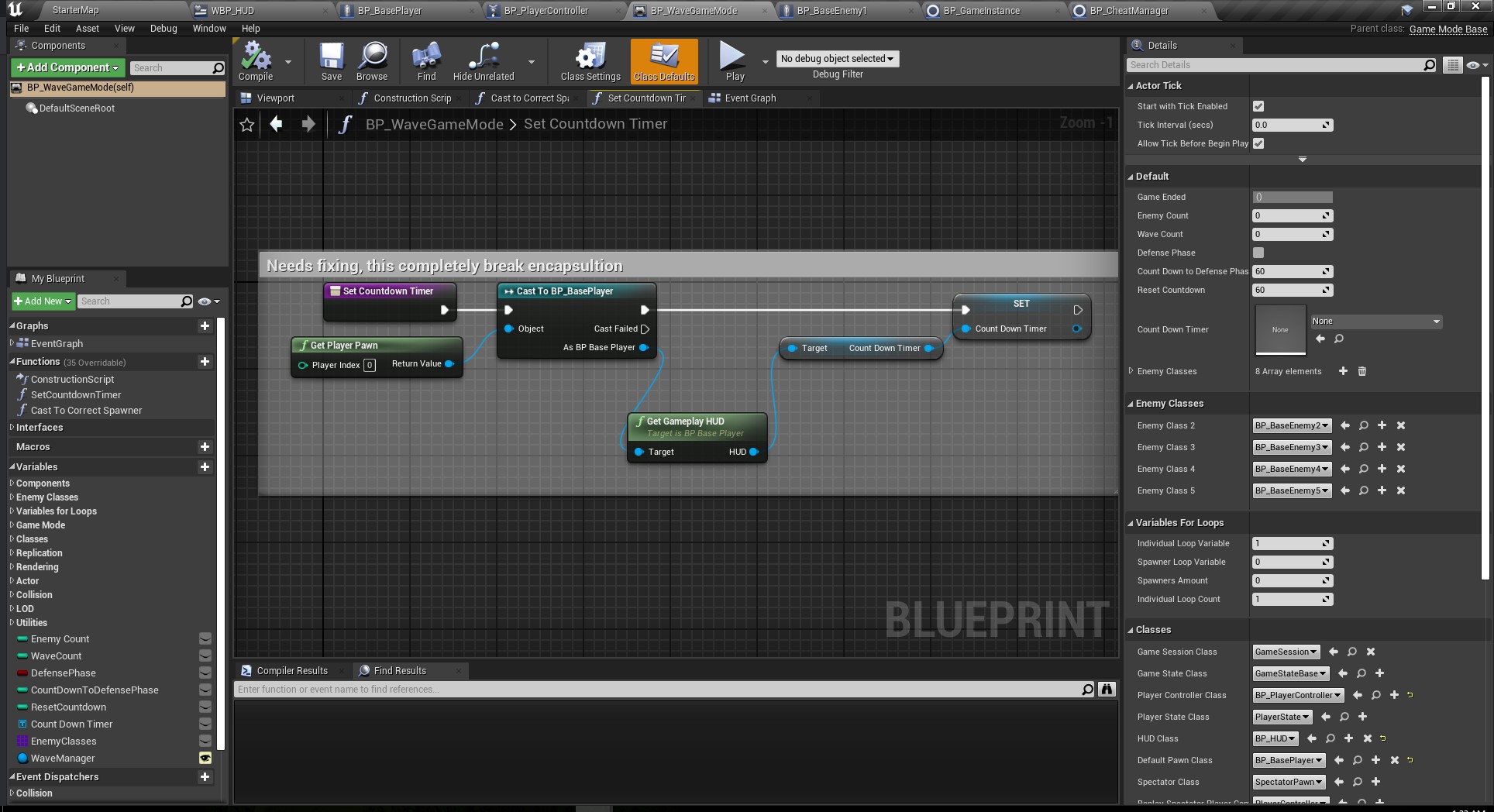
Conclusion:
In achieving the goal of organizing and centralizing HUD elements, we've not only streamlined the codebase but also reinforced the importance of maintaining clear boundaries between different domains of responsibility. This refactoring effort stands as a testament to the ongoing commitment to creating a robust, scalable, and maintainable game architecture. Looking forward, these principles will guide further development, ensuring a harmonious and efficient codebase.
Get Cyber Siege
Cyber Siege
Third-to-First person Castle Defense game
| Status | In development |
| Author | TheCodeCollective |
| Tags | 3D, First-Person, Futuristic, Robots, Singleplayer, Third-Person Shooter, Tower Defense, Unreal Engine |
More posts
- Visual Impact: Enhancing Player FeedbackFeb 03, 2024
- Revamping Reticles: Adding Specific DynamicsFeb 02, 2024
- Spider Enemy Dying in the AirFeb 01, 2024
- Small Changes: Beginning vs End of developmentJan 27, 2024
- Airstrike TimerJan 25, 2024
- Overcoming Code Mazes: Transitioning to Radial Progress Bars in Unreal EngineJan 20, 2024
- Airstrike Power-UpJan 18, 2024
- Resuming the Journey: Maintenance & PlanningJan 13, 2024
- Drone Enemy Particle Effect BugJan 11, 2024
Leave a comment
Log in with itch.io to leave a comment.